Welcome to our Vancouver Island office! The office in Victoria was established in 1989 so that we could be front and centre at the province's parliament. Our focus at that time was to defend Vancouver Island’s unique wild places and old-growth giants from logging activities, in favour of permanent protection. Since then, we have led many successful campaigns to protect our wilderness, including the Sea to Sea Green Belt, the Sooke Hills and Carmanah Valley.
Our Victoria office has become a strong part of the Island activist community in Victoria and our staff are on the ground throughout the Island working hand-in-hand with First Nations and local communities to protect the Island's old-growth, endangered species and special marine ecosystems. In the 2000s we ramped up campaign activities on the Island to fight climate change at its root causes and promote alternative energy sources and a transition to a just economy. With four full-time staff members, a door-to-door canvass team and a bunch of volunteers, we are a leading grassroots environmental group on the Island.
Please join us in our work. Scroll down to take action; and volunteer, donate, or shop online for eco-gifts, cards and calendars.
Featured Campaign Updates
Our Campaigns
Contact us
Victoria Office
618 Yates Street
Victoria, BC
Unceded Lekwungen Territories
V8W 1K9
Office hours: Tuesday and Wednesday, 10am to 4pm, or by appointment.
Reports & Publications
Join Our Team
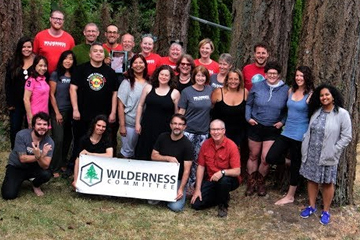
Working for the Wilderness Committee is a rewarding experience, and a chance to make a difference.
See current employment opportunities
Volunteer
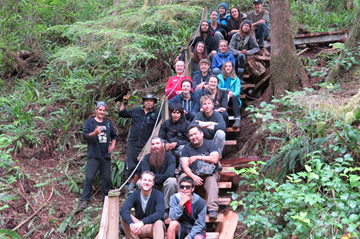
Our volunteers are essential to our work. Get great experience, meet like-minded folks and help preserve our Canadian Wilderness!
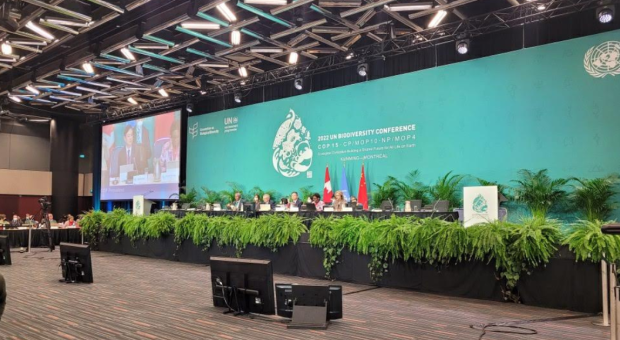
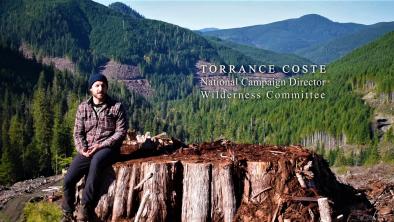
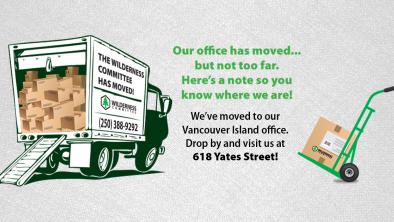
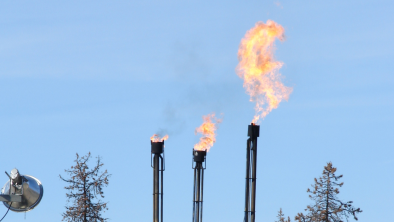
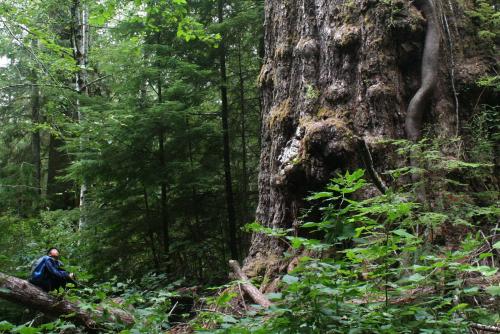
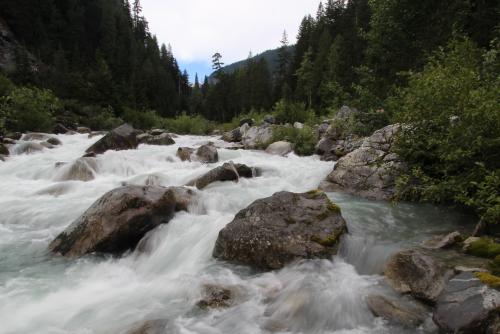
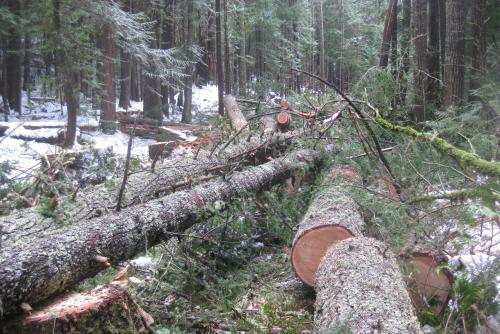
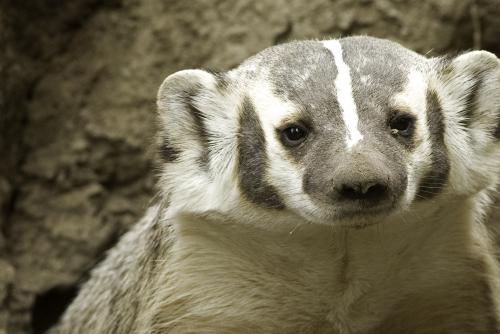
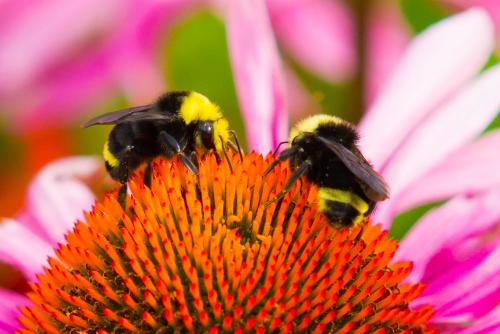
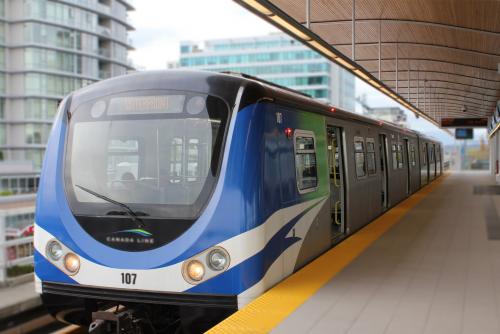
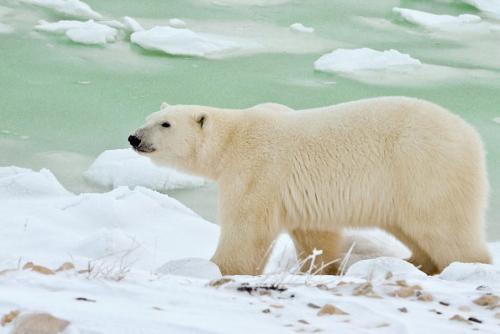
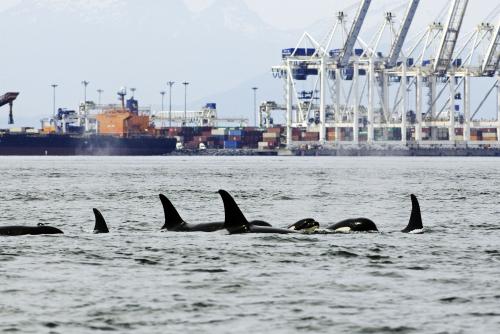
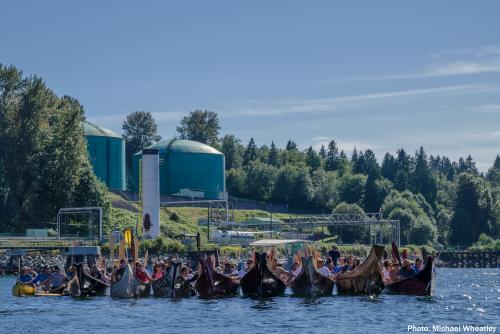
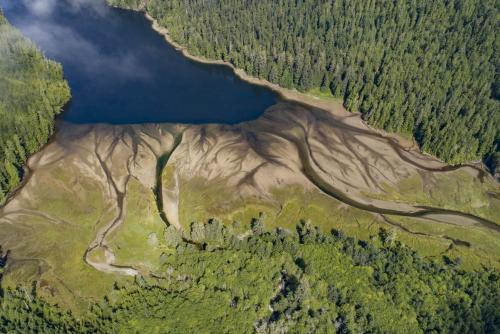
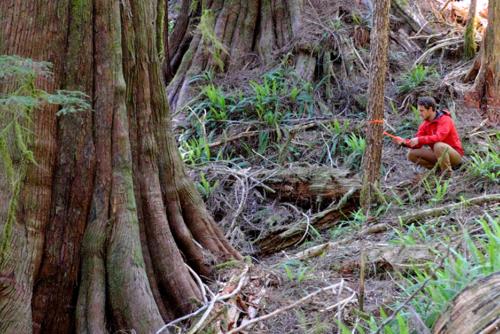
![A person stands with their hand on a huge red cedar tree in Kaxi:ks [Ka-hecks] or Walbran Valley](/sites/default/files/styles/500x334/public/2018-07/wc-castle-giant-sj.jpg?itok=wuz3B7H7)
